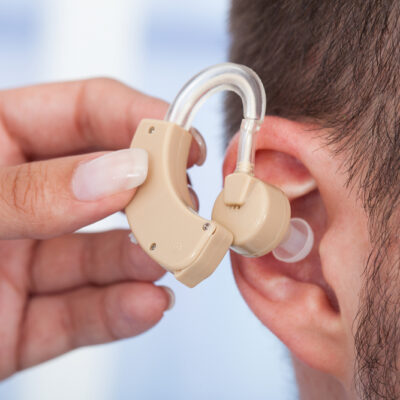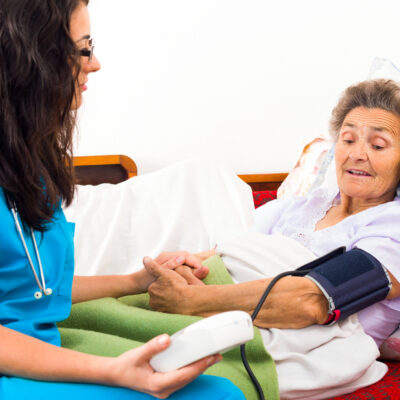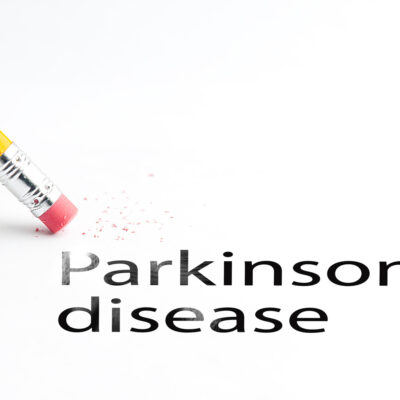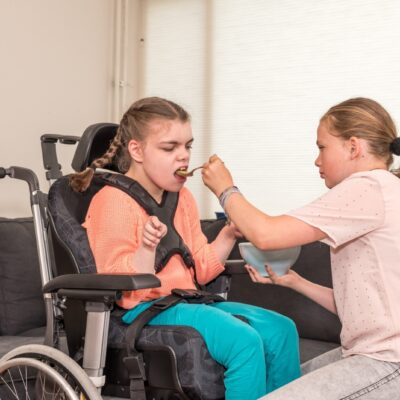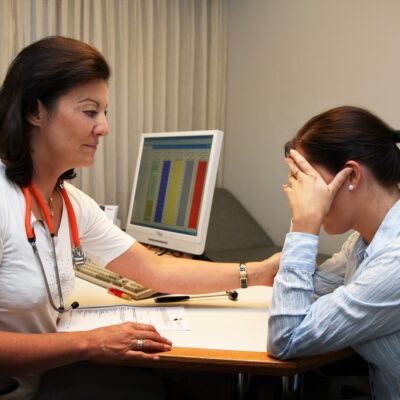
Health
5 Symptoms of Kidney Cancer
Kidney cancer or renal cell carcinoma (RCC), is among the top ten U.S. cancers for both men and women. The majority of patients diagnosed with renal cancer are 60-years old or older, and tumors are detected during a routine exam or when visiting the doctor with symptoms characteristic of this cancer. Early detection and treatment is important to kidney cancer recovery. Evident symptoms of kidney cancer rarely show until the advanced stages, however the following warning signs of renal cancer often present in the earlier stages: 1. Blood in urine Blood in the urine, or hematuria, is common for a lot of other conditions apart from renal cancer (i.e., kidney stone, kidney infection, enlarged prostate, etc.). However, any amount of blood in the urine needs investigation immediately. It can come in any amount from so minute it’s only detected through urinalysis to a visual amount. This can also happen because of an infection or kidney stones. 2. Low back pain Lower back pain on one side of the body is a common experience in later stage kidney cancer patients. In fact, it’s experienced by those suffering from renal cancer at a rate of 41%. The pain sensation can vary from person to person.
Read More 